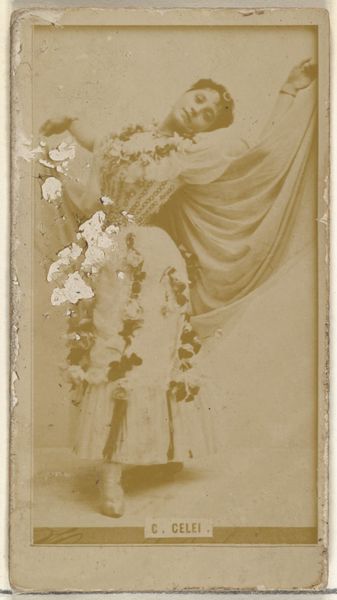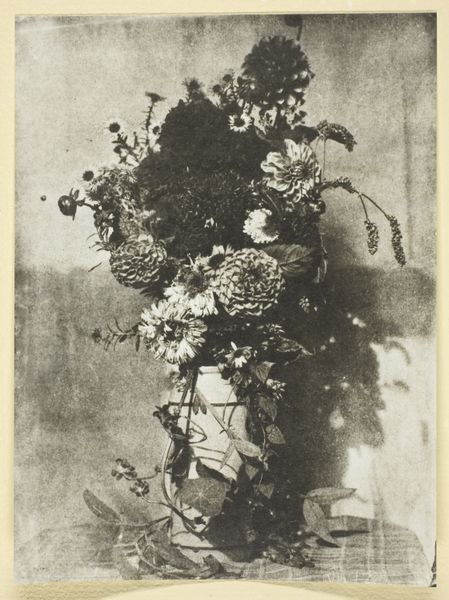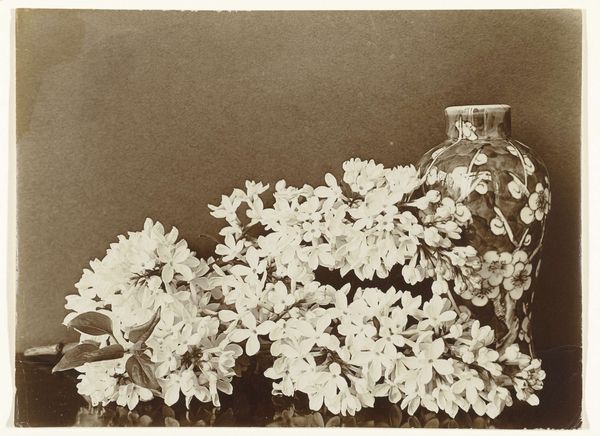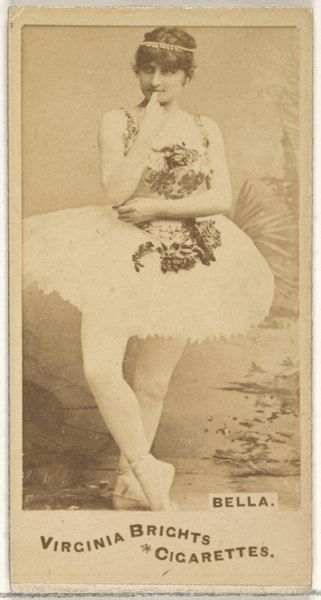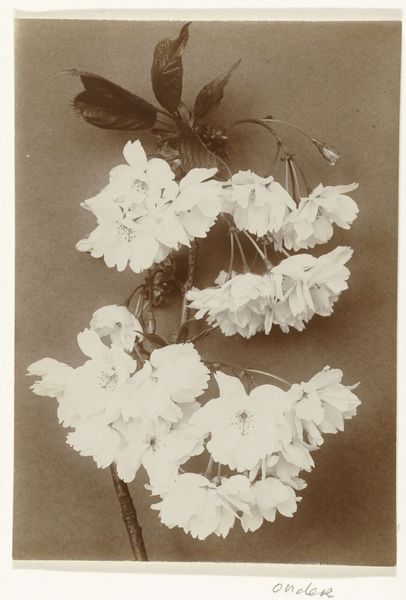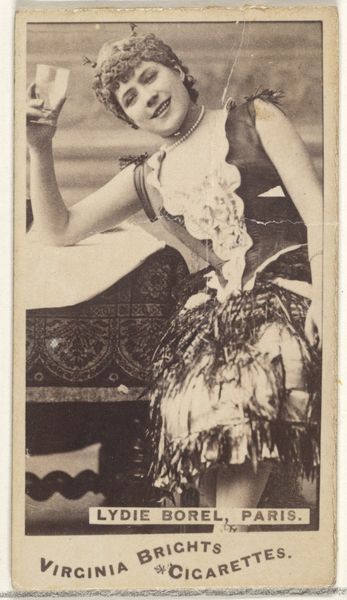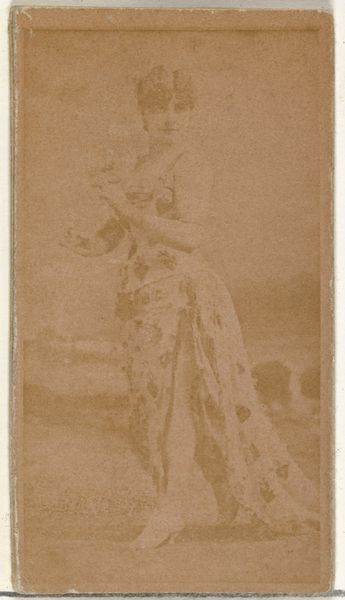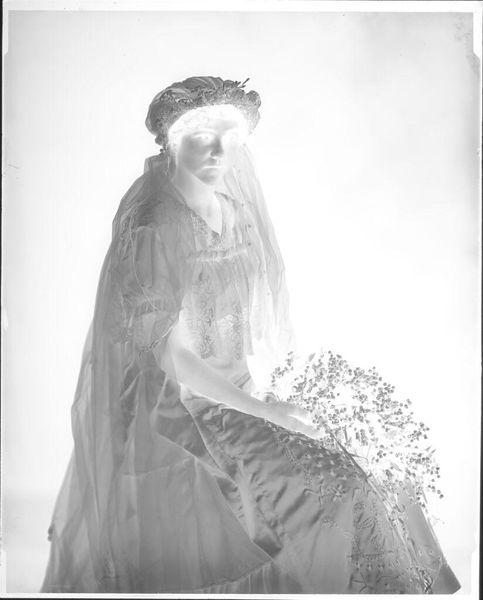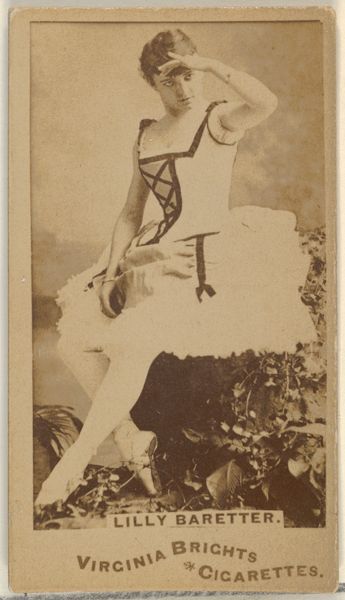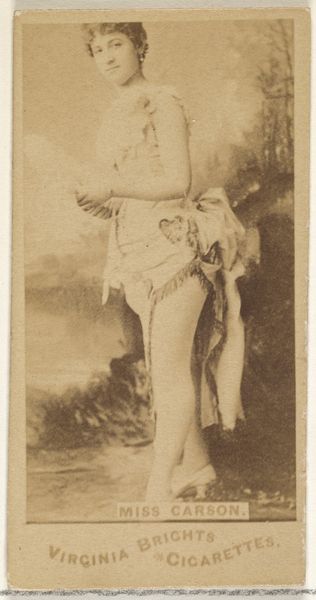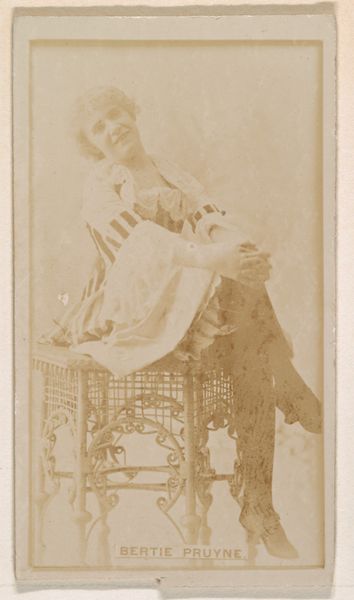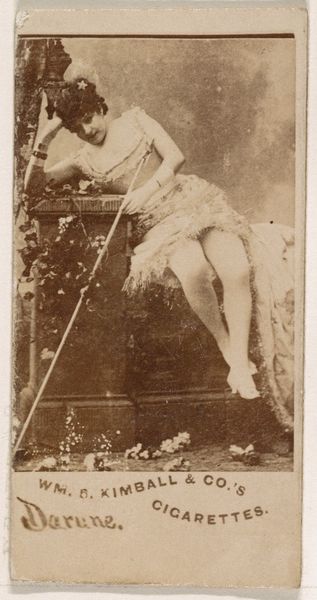
Stilleven met bloeiende seringetakken Marie Legray en Louis Späth 1900 - 1930
0:00
0:00
photography
#
landscape
#
photography
Dimensions: height 160 mm, width 221 mm
Copyright: Rijks Museum: Open Domain
Editor: This is "Stilleven met bloeiende seringetakken Marie Legray en Louis Späth", a still life photograph created sometime between 1900 and 1930. I am really drawn to the creamy, almost dreamlike quality of this composition. The flowers feel very symbolic. How do you interpret this work? Curator: What strikes me is the tension between fragility and permanence. The delicate lilac blooms, symbols of spring and ephemeral beauty, are captured through the relatively new medium of photography, intended to preserve this moment indefinitely. It invites consideration about mortality. Editor: That's an interesting point. So, the fleeting nature of the flowers is contrasted with the photograph's aim to capture them eternally? Curator: Precisely. The photographic process itself transforms the object. It's no longer just flowers and a vase, but also a representation imbued with meaning. How do you perceive the monochromatic palette contributing to the image's message? Editor: It makes the image feel historical, or even ghostly. It's like seeing a memory. Curator: And what about the inclusion of the Marie Legray and Louis Späth names in the title, as if they were part of the arrangement, or specific breeds of lilac? Editor: It suggests these flowers are not just generic blooms, but have a specific lineage or story attached. Curator: Yes! So it creates an emotional resonance. It transforms into an object with symbolic and historical resonance. It's about remembrance, continuity, and how we memorialize beauty through art. Editor: I hadn’t considered the cultural implications of memorialization through visual imagery. Now I see layers of meaning I hadn't appreciated before.
Comments
No comments
Be the first to comment and join the conversation on the ultimate creative platform.
